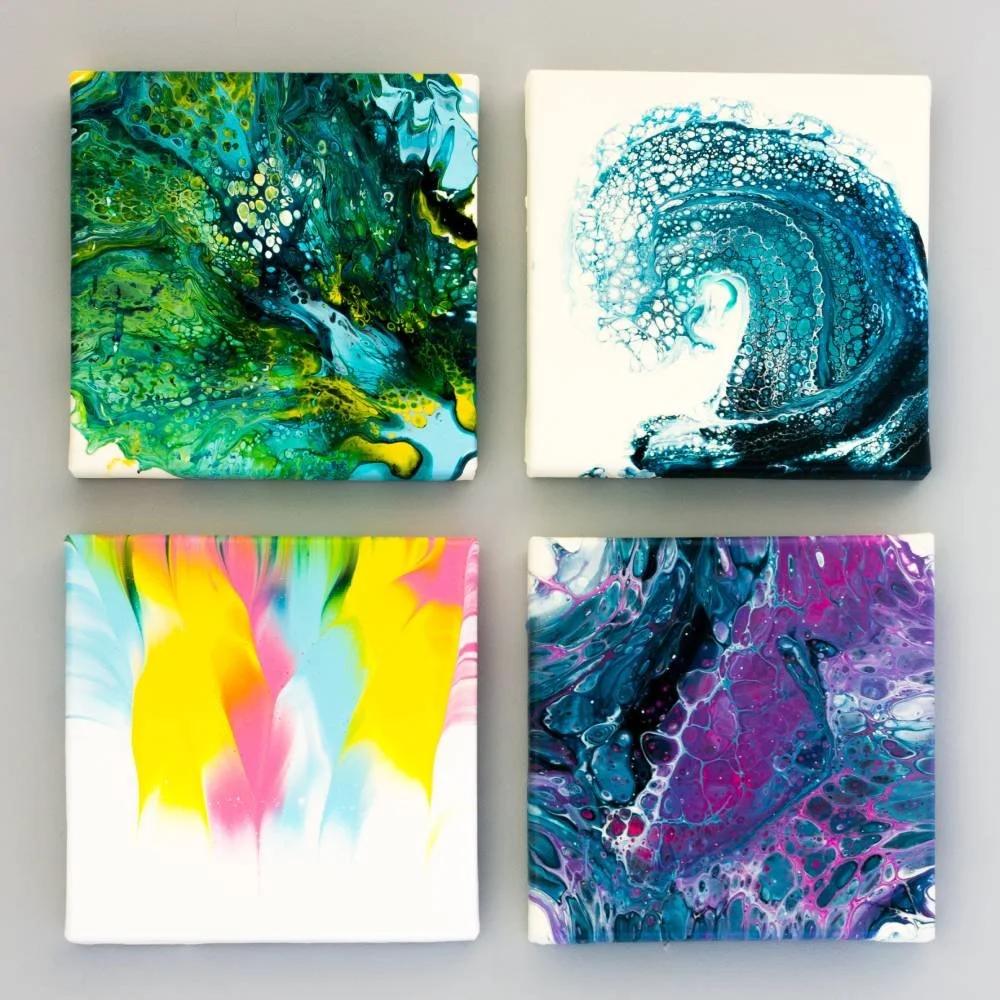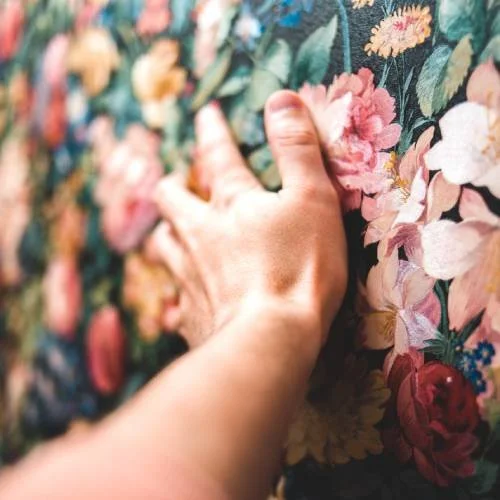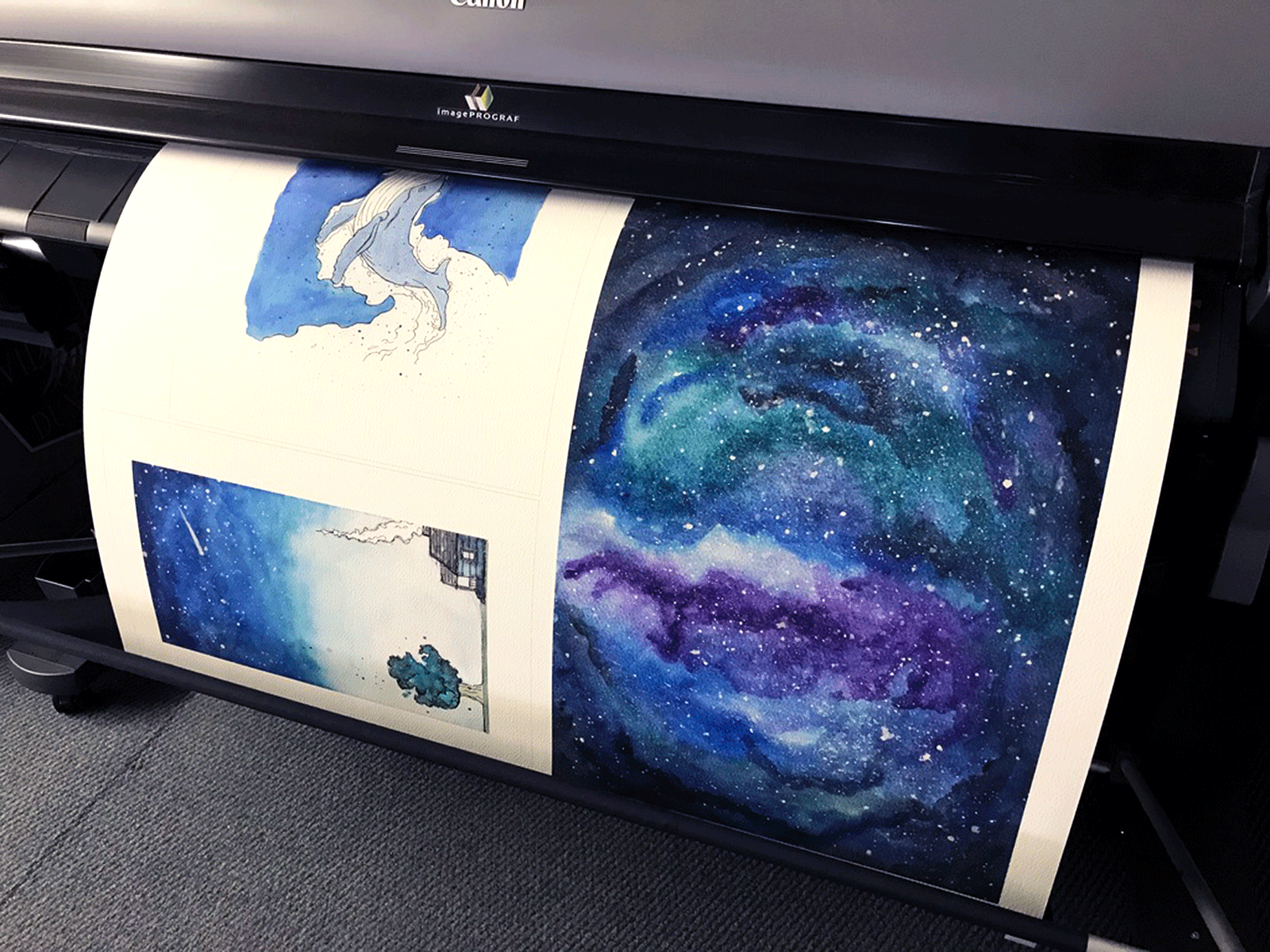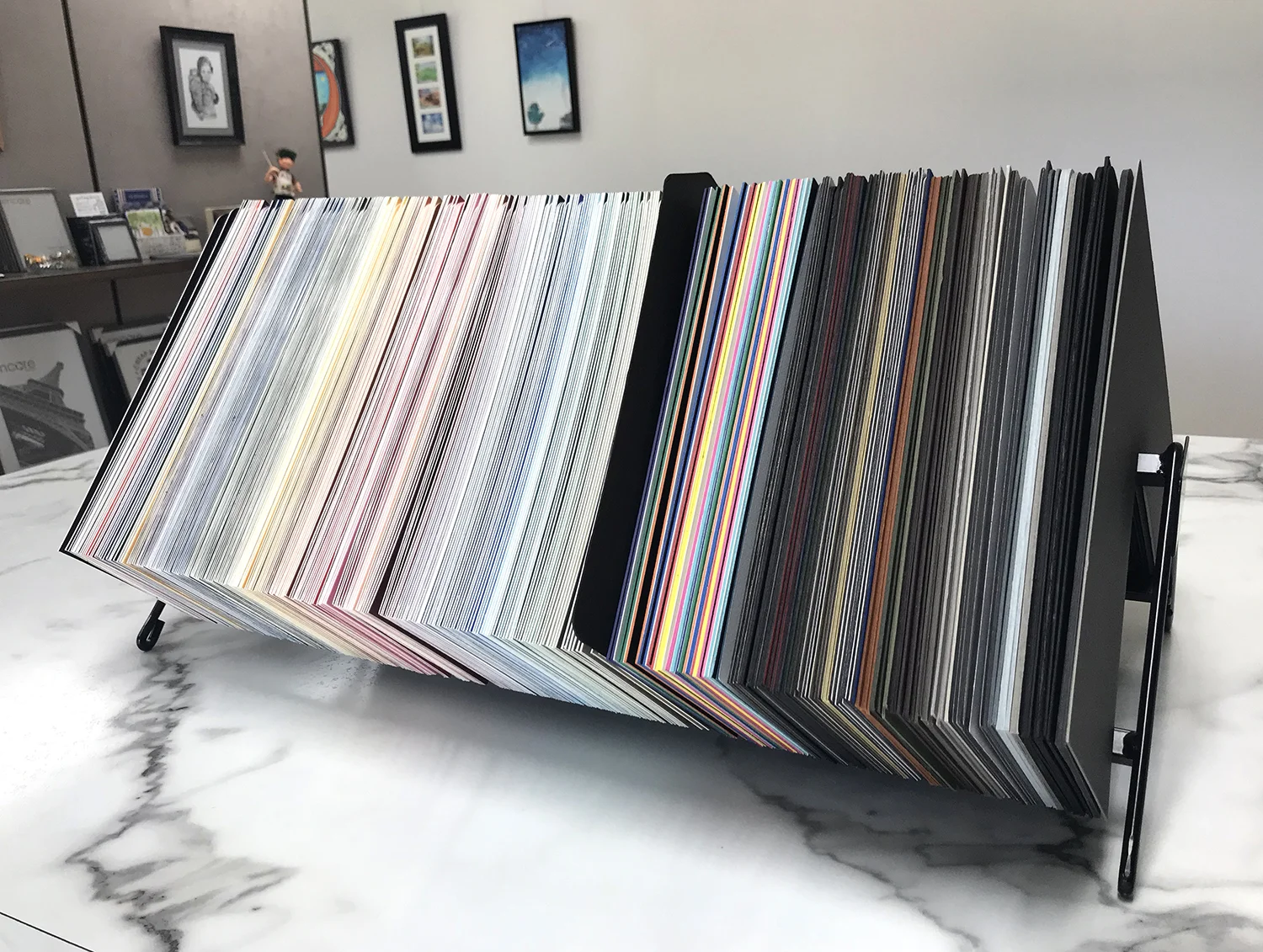
Three Cheers for Canvas
Timeless, versatile, and budget-friendly - canvas checks all of the boxes. It’s no wonder that this print medium has only grown in popularity over time.
Where would the world be without art? Where would we be without text? Without paper and wood and canvas?
As humanity trucks along, the flow of stories becomes even more endless. And we use outlets like art and literature, as people always have, to tell those stories. As the decades have gone by, new types of printing technology have increased some art display types in popularity and booted others.
Canvas, in particular, has risen in the ranks of printing at Technicraft and all over the world. Once made from tightly woven hemp or linen, this cotton-based medium has much to boast about. It’s malleable, lightweight, can be rolled for transportation, and is low-maintenance. Plus, you don’t have to frame it - you can leave canvas with exposed sides and hang it as-is.
Probably the most important driver in the popularity of canvas is cost. Compared to a fully framed piece complete with print, mount, matboard, glass, frame, and finishing, a canvas only requires the stretcher bars and canvas. This keeps your overall cost down and still maintains a timeless look.
If you’re an artist, canvas is a great way to reproduce your work to sell or gift as a finished piece. The finished look is great for buyers who want to be able to go home and hang the piece right away. And you avoid missing a sale because a buyer doesn’t like a specific frame or matboard.
If you’re looking to display brand graphics or business displays, canvas is budget-friendly and sharp. Plus, when compared to traditional framing and display limitations, canvas prints have a larger capacity for print size.
Of course canvas is also relatively easy to pack and ship. It’s not particularly fragile and is fairly lightweight. So, for those who sell online and ship or want to gift, this is one of the best ways to go.
It’s always important to select properly for your space, style, and budget. That’s why our team is here to answer questions and offer professional insight based on your needs. But, when in doubt, canvas is always a great option and one that will tell a story as timeless as yours.
Wallpaper You Can Peel Good About
Peel’n’stick is the low-commitment option for wall coverings. It looks good and peels easy.
Oy. Wallpaper. There is nothing worse than renovating a room coated in the papery floral wall covering people were so obsessed with in the 80s and 90s.
It’s true, wallpaper was sensational for adding color and texture far removed from the shag floors and orange so rampant in the 70s. And it was a nice, warm change from the sharp lines and geometric obsessions of the 60s.
But have you ever had to remove the stuff? It isn’t exactly a fun project.
Then digital printers came along and suddenly wallpaper didn’t have to come from cheap, mass produced rolls at the hardware store. Instead, wallpaper could display custom designs and vibrant colors. And the material was far above what you peeled off in shredded wads.
Eventually, a whole new way of hanging wallpaper emerged in the invention of peel’n’stick material. Wallpaper was no longer a creative trend in design, but one that held all the features of fine art without the long-term commitment.
And because peel’n’stick works on virtually any flat surface, the material is now used not just on walls, but on ceilings, inside bookshelves and hutches, and even to cover doors.
Sure, you can still print wild patterns and vintage flowers, but the digital world of peel’n’stick has opened the door to so much more. Imagine landscapes where you feel like you’re walking into the woods or personal paintings turned wall covering in your home office. The possibilities are literally endless.
So, hang away. Because when it’s time for change, a simple peel will restore your painted wall to the way it was before leaving nothing behind but good memories.
How Metamerism Affects Perception of Color
Color is perceived based on factors such as lighting, time of day, spacial tones, and even wavelengths, which is called metamerism.
Have you ever picked out a shade of grey paint that seemed neutral, but after painting the wall in your living room, it looked purple? Or maybe it looked green. Or maybe you used it another room and it looked just fine.
When colors, especially neutral tones like taupe or grey or tan, are exposed to different lighting, environmental warmth of color, and even wavelengths, the eye perceives the color differently than it may have done before. This is called metamerism.
Color is vital when creating brand collateral, signage, wallpaper - everything really. Your deep blue may look blue on-screen, but could end up feeling more indigo or violet once it gets into your space. You can calibrate your computer and printers all day long, but your eyes will interpret color based on more than a singular environment. Even custom framing can be tricky because of how a mat will look in one space compared to another.
Because of metamerism, we suggest matching a printed or physical proof to your space before committing to a large project. Grayscale images are particularly challenging so if you’re designing a wall mural, large banner, or any other type of large-scale installation, order a swatch first and check the color onsite.
Despite the challenges of metamerism, one thing is for certain, our team of color experts handles the variance of perceived color every day and will help you achieve the finish you’re looking for.
Giclee Printing
Giclee - the word we all struggle to pronounce, but one that describes one of the most popular fine art reproductions processes.
If you ever saw the movie Big Eyes, you know how creating mass market fine art reproductions changed the way consumers purchase art. The boom of inexpensive open and even limited editions created a low barrier of entry for buyers who wanted beautiful paintings, sketches, drawings, and mixed media at an affordable price.
Today, we have seemingly unlimited options when it comes to creating reproduced artwork from standard prints to textured pieces finished on metal. Of the many methods for fine art reproductions, the most common is giclee printing.
Giclee prints (pronounced zhee-clay) are archival quality digital prints made by scanning original work, color matching to the original, and printing a high resolution (300 dpi and up) file with archival inks and paper.
Here’s what we do:
Scan original piece of art at 300-1200 dpi
Color match reproduction to original colors using the printer and material the final product will be produced on
Print final reproductions on archival paper such as premium luster paper, smooth or textured fine art paper, satin canvas, or silver metallic paper
Archive scanned reproduction with color correction digitally for future reproductions
Once the reproduction process is finished, artists have the opportunity for their work to reach many people instead of just the collector or buyer who picked up the original. Plus, the reproductions are archival which increases the value of the prints and prevents discoloration and fading as the print ages.
Giclee prints are not just posters, they are long-lasting pieces of art that offer consumers a quality option and beautiful piece for display that closely matches the original.
The Evolution of the Matboard: Acidic to Conservation
Matboards have come a long way since their acidic beginnings. Now, art finishing is taking on all kinds of “matting” including everything from leather mats to faux aluminum edges.
Matboards were originally created from paper sign board (similar to poster board) to enhance the look of a framed piece of art. What surely felt like struck gold for custom framers turned into a nightmare as these pieces resurfaced years later with yellow cores and acid burns on the art. Unfortunately for these pioneers of enhanced custom framing, they hadn’t worried about pH balance or the acidity of wood based paper mats which lead to what we commonly see today in old framed photos and art.
The solution to these yellow/brown cores and acid burns was to create acid-free mats. It sounded good, but all they really did was treat the sides of the same wood based material. Over time, the treatment wore off and left consumers back at square one.
Finally, a new type of paper matboard was created using 100% pure high alpha cellulose (wood pulp) and treated for a 300-year life. Not only was the core material purified, but the surface was enhanced as well. These are the common types of mats used today because they are cost effective, but bode well for frame longevity and art protection. At Technicraft, our base line of mats is made up entirely of conservation matboard because we know it’s a product you can trust with your archival prints, giclee pieces, and fine art.
Of course, the world of custom framing has expanded even more and we now have mats made from short cotton fibers (museum/rag mats), mats made from 100% cotton fiber (museum board), leather mats, printed giclee mats, faux mats made of brushed aluminum, and all manor of creative finishing.
We’re continuously replacing yellowed and stained mats with longer lasting materials, but the first modern matboard inventors opened the door for us to explore and create unique concepts in custom framing all these years later. What we’ve learned along the way is that conservation is key and product integrity matters.
50 Years in Peoria
50 years ago Ted Kerrn put a vision into action with his launch of Technicraft in Peoria. Many of our products and services have changed over time, but what is and always has been our core is printing.
When Ted Kerrn launched Technicraft in 1969, he didn’t know if we would be here for half a century, but he was good at what he did and passionate about it, to boot. He often reminds us that many old competitors are long gone because of one thing - they forgot to work.
As we enter into the next chapter here at the T-Craft, we look ahead to future technology, changes in the economy, and working even harder for our clients. We are blessed with a team that values personal relationships and delivering the best possible product, so our outlook is a healthy and happy one.
Peoria has been good to us. We will continue to return the favor hopefully for another 50 years.






